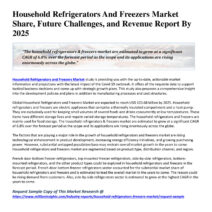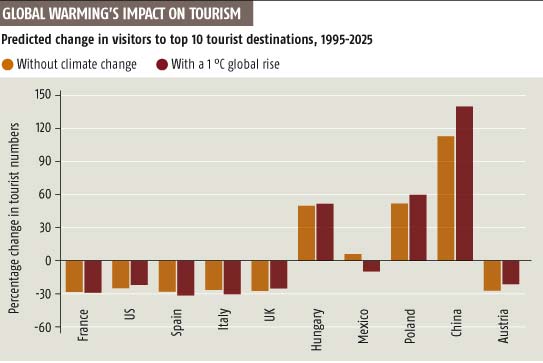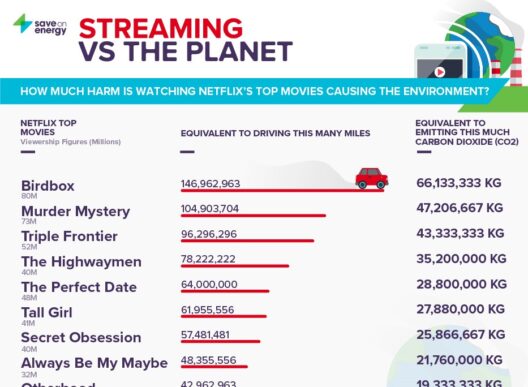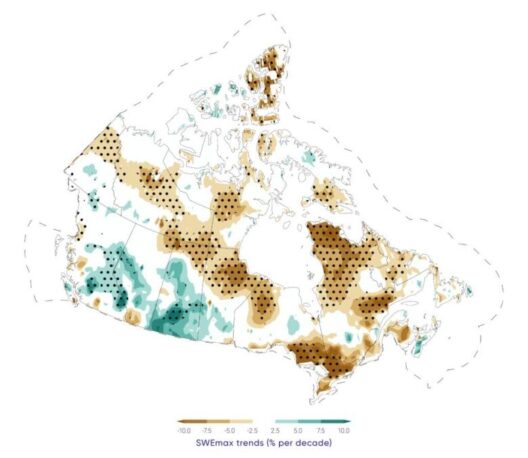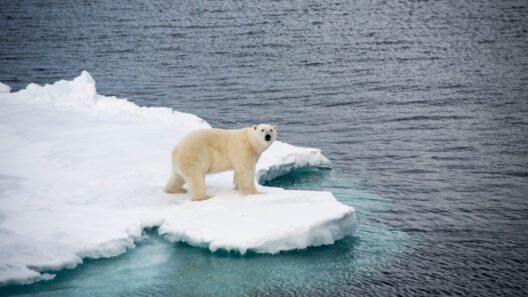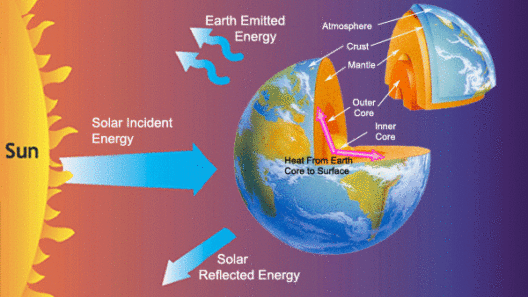As climatic patterns continue to evolve, the repercussions of global warming seep into every facet of our lives, instigating significant ramifications for the tourism sector. The prospect of warming temperatures, shifting precipitation patterns, and the imminent threat of extreme weather events compel travelers—and indeed the entire tourism industry—to re-evaluate potential holiday destinations. This document delves into the intricate ways in which global warming reshapes the landscape of tourism, highlighting the need for adaptation and strategic planning.
The relationship between climate change and tourism is inextricably linked. Destinations that were once considered idyllic retreats may soon face untenable conditions that deter visitors. Coastal resorts, cherished for their sun-kissed beaches and azure waters, are already witnessing the encroachment of rising sea levels. The Intergovernmental Panel on Climate Change (IPCC) warns that low-lying destinations such as Maldives and parts of Florida may soon become inhospitable. Rising tides threaten not only the physical infrastructure of resorts but also the natural attractions that draw tourists. The potential disappearance of such beloved destinations raises critical questions about the sustainability of tourism in a warming world.
Furthermore, the impact of global warming extends beyond just coastal regions. Mountainous areas, particularly those known for winter sports, face their own existential threats. Ski resorts reliant on consistent snowfall are grappling with warmer winters and diminishing snowpacks. As temperatures rise, many resorts may find themselves relegated to hosting non-snow-related activities during what was once peak ski season. This shift could deter traditional ski aficionados, shifting their allegiances to destinations with more reliable climates while creating an economic rift for resort towns that depended heavily on winter tourism.
However, it’s not all doom and gloom. The changing climate may also usher in new possibilities for tourism. As certain areas become unsuitable, previously overlooked destinations may emerge as unexpected contenders for tourist attention. Regions that have historically been too cold or remote may become warmer and more inviting, thus prompting a diversification of travel habits. While some destinations fade from the limelight, others will undoubtedly gain prominence as their climatic conditions evolve.
Moreover, there’s an increasing public awareness around the environmental impact of travel. As travelers become more conscientious, they may actively seek out eco-friendly adventures. Destinations that promote sustainable tourism practices—whether through conservation efforts or utilizing renewable energy sources—are likely to draw in a new wave of tourists eager to minimize their carbon footprint. This shift encourages areas to innovate and adapt their offerings to appeal to a more environmentally conscious traveler.
The complexity of this scenario leads to a fascinating intersection between climate science and the principles of sustainable tourism. Tour operators, hoteliers, and local governments are compelled to adapt their strategies in response to climate variability. Some may invest in new infrastructure designed to withstand extreme weather events, while others may pivot towards more sustainable practices, utilizing materials and processes that align with environmental stewardship. The pressure to sustain profitability amidst these changes inspires a renaissance in how tourism is approached and executed.
In addition, the rise of technology presents an opportunity for the tourism industry to mitigate the impacts of global warming. Innovations ranging from advanced forecasting technologies to virtual reality experiences can help redefine the tourist experience. Virtual tourism, for instance, allows individuals to explore exotic locales without contributing to carbon emissions associated with travel. Such advancements pique curiosity while preserving our planet’s resources.
But the question remains: how can the average traveler prepare for these impending changes? Foremost, it becomes imperative to undertake diligent research before planning your next getaway. Understanding climate trends in potential destinations can guide more sustainable choices. For instance, choosing to visit during off-peak seasons might not only enhance your experience—fewer crowds—but also allow you to support local economies that may be struggling in the face of decreased tourism.
Additionally, travelers can prioritize low-impact modes of transport. Whether it involves embracing rail travel instead of flying or opting for local public transportation, every small action can accumulate towards a significant collective impact. Supporting local businesses during your travels fosters more sustainable economies that can better adapt to changing climate conditions.
The impact of global warming on tourism extends far beyond immediate environmental shifts. The industry’s responsiveness to these challenges reflects broader societal values and priorities in the face of our changing world. While some destinations may fall victim to rising temperatures and receding coastlines, others will inevitably rise and adapt, ushering in a new era of tourism that prioritizes sustainability, innovation, and a deeper connection to our planet.
As we look toward the future, the burgeoning complexities of climate change—a phenomenon affecting destinations worldwide—invite us to imagine what tourism might morph into in the years to come. The call to action is both urgent and compelling: as we embark on our journeys, mindful exploration becomes not just a trend, but a necessity. Where will your adventures take you in this redefined landscape?

